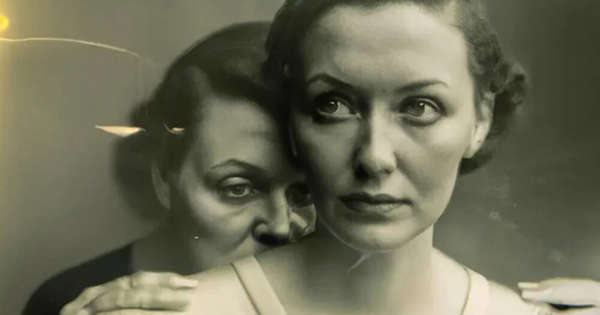[ad_1]
© Provided by The Register
Boris Eldagsen tells El Reg why he did it
A photographer selected as a category winner of this year’s international Sony Photography Awards has rejected the prize, saying his entry was actually generated using AI.…
Last year, Boris Eldagsen began creating images for a collection he named Pseudomnesia, a combination of the Latin words pseudo and mnesia that essentially mean fake and memory. He entered an image from this collection into the creative open category in Sony’s photo contest, a piece titled The Electrician in December 2022. He did so without disclosing the snap had been produced with the help of text-to-image tools, since the terms allow the use of “any device.”
Eldagsen described the images in Pseudomnesia as “imagined by language and re-edited more between 20 to 40 times through AI image generators, combining ‘inpainting’, ‘outpainting’ and ‘prompt whispering’ techniques.”
Three months later, the organizers informed him he had won the creative category. Eldagsen said he then admitted to the competition’s organizers his picture had been generated using machine-learning software, and that he wanted to use the competition to launch a public discussion on how the technology was impacting photography.
Though photographers use all kinds of software applications in their work, to retouch, filter, crop, and so on, where do neural networks fit in that stack; are they acceptable tools; and where’s the line in the sand that they cross if they are not acceptable?
Interestingly enough, competitions may allow or even welcome the use of artificial intelligence, and it’s photographers who are uncomfortable with the rise of this kind of computing.
“Right now for me, it is more important that the public debate I hoped for has become international and is in full speed,” he told The Register. “I want to thank the photo community for this.”
Eldagsen said he wants to differentiate photography from realistic AI-generated images. “Can they be in one museum under the name of photography? Will this be good or bad for photography? It is complex, this is why we need to talk about it,” he told us.
He said officials ignored his requests to discuss his situation, and kept him as a winner. He confirmed to us he was rejecting the prize, which included $5,000, Sony camera gear, and a trip to the photography exhibition in London.
“Thank you for selecting my image and making this a historic moment,” Eldagsen wrote on his website, “as it is the first AI generated image to win in a prestigious international [photography] competition. How many of you knew or suspected that it was AI generated? Something about this doesn’t feel right, does it?
“AI images and photography should not compete with each other in an award like this. They are different entities. AI is not photography. Therefore I will not accept the award.
“I applied as a cheeky monkey, to find out if the competitions are prepared for AI images to enter. They are not. We, the photo world, need an open discussion. A discussion about what we want to consider photography and what not. Is the umbrella of photography large enough to invite AI images to enter – or would this be a mistake? With my refusal of the award I hope to speed up this debate.”
After Eldagsen’s stunt became public, officials scrubbed his entry from the Sony Photography Awards and removed his image from the exhibition.
It’s not the first time AI-generated artwork has won a competition. Last year, Jason Allen won the top prize of $300 for his Midjourney-made image at the Colorado State Fair’s fine art competition, causing much controversy.
“We were looking forward to engaging in a more in-depth discussion on this topic and welcomed Boris’ wish for dialogue by preparing questions for a dedicated Q&A with him for our website,” a World Photography Organisation spokesperson told The Guardian.
“As he has now decided to decline his award we have suspended our activities with him and in keeping with his wishes have removed him from the competition. Given his actions and subsequent statement noting his deliberate attempts at misleading us, and therefore invalidating the warranties he provided, we no longer feel we are able to engage in a meaningful and constructive dialogue with him.” ®
[ad_2]

